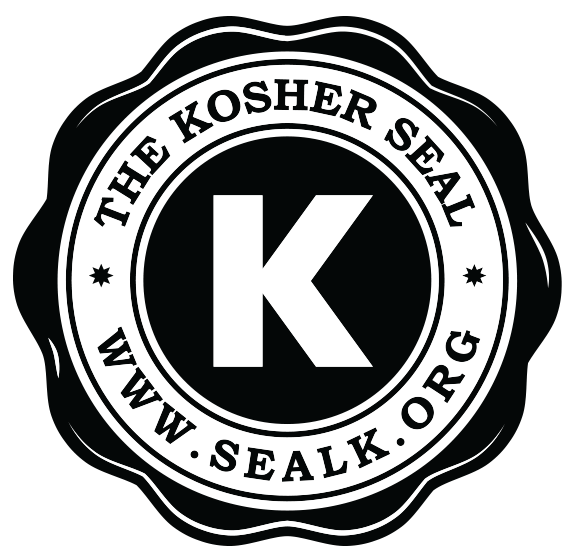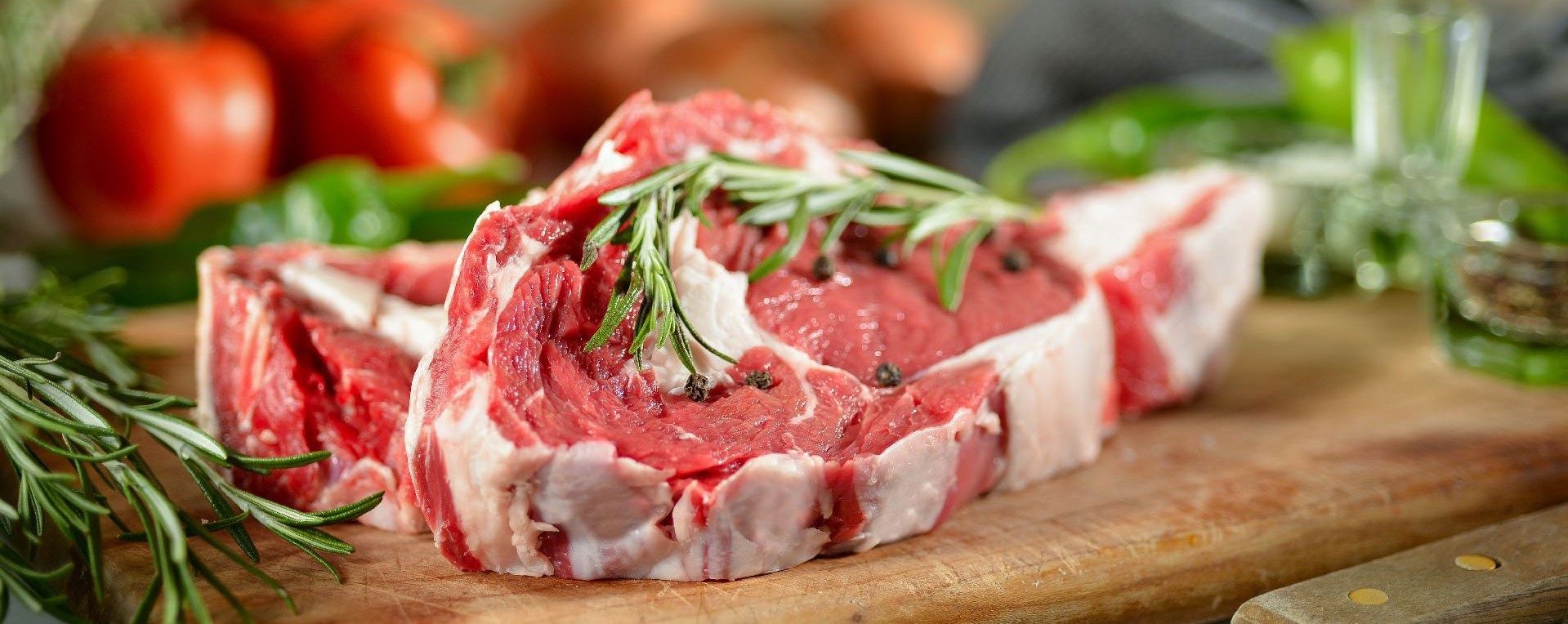Kosher Meat
What is required for meat to “become” kosher?
As demonstrated on our What is Kosher page, meat is one of the more complicated areas of kosher food production. Biblically speaking (although meat on yom tov is a mitzvah), eating meat is a privilege, not a right — and we must be extremely mindful and sensitive to the fact that we are dealing with living creatures. Kosher guidelines for meat are intended to enforce this mindfulness, according to the Will of the Creator as expressed in the Torah.
As in all areas of halacha (Jewish law), the rules for meat have many levels of explanation: practical, social, emotional, spiritual, and even mystical. Here we are concerned mainly with the practical.
In practice, for meat to be considered kosher depends on several parameters, and all of them are absolutely necessary. If even one of the requirements is missing, the meat will not be kosher.
- KOSHER ANIMAL. The meat source must be from a “kosher” animal. The Bible, using the words “pure” and “impure”, defines certain animals as fit for consumption. This is the first essential condition.
- SH’CHITA – Slaughter. A specific type of precision blade must be used, and checked extremely frequently to ensure that it has a good edge, with no nicks or ridges, both before and after the sh’chita. One reason for this requirement is that while we are permitted to take the life of an animal for a constructive purpose, we must be as careful as possible to treat it respectfully and avoid causing it unnecessary pain. A slaughterer is expected to be a person of learning and integrity, meticulous in following both the letter of the law and its intention.
- B’DIKA – Checking. This, too, is an essential part of establishing the kosher status of the meat. The b’dika is a thorough internal examination of the animal’s vital organs, to check for signs of diseases or conditions that might have affected the animal’s health when it was living.
- LOCAL ILLNESSES. These inspections can vary depending on geographical region, since animals can suffer from different health problems in different parts of the world.
- FEED & GENERAL HEALTH. “Health-related” kosher problems sometimes correspond to lower quality animal production methods, for instance, inferior feed. In our experience, grass-fed beef tends to have fewer signs of disease, so it is likely to present fewer kashrus problems. But this does not mean that all animals raised on corn-based feed will be not kosher, or that all grass-fed, free-range cattle are automatically guaranteed to be so. Halacha concerns itself with the facts at hand, so if the animal passes kosher inspection, it will be considered kosher without relation to the type of food it was given.
- INJURIES. Foreign objects, such as stray nails, particles of metal, or other things the animal has swallowed, inhaled, stepped on, or been injured with, could prevent an animal from being rendered kosher. Also, in accordance with this requirement, certain methods of veterinary treatment could be considered “injuries”, and cannot be reconciled with kosher law.
- GLATT. Some of the most common symptoms signifying a kosher “health” issue are found in or on the lungs, so an animal with unaffected lung tissue is called glatt – which means “smooth.” (By now, the word glatt has come to mean any high level of kosher standard, even when not referring to meat products.)
- CHELEV. Based on a very stringent Biblical commandment, certain areas of fat in the rear part of the animal are not allowed. In theory, those parts could be meticulously removed, but in our times, it is considered more efficient to simply avoid using the entire back end of the animal. This explains why certain cuts of meat are not found in a kosher version.
- GID HANASHE – Sciatic Nerve. This term refers to the sciatic nerve, which is prohibited to be eaten. This halachah has historical and mystical significance, and recalls the story of Jacob struggling with the angel, in the Book of Genesis.
- MELICHA – Salting. Since blood is prohibited, a system of soaking, salting and rinsing that ensures the removal of the blood is used for all kosher meat and poultry. This law forbids us to consume the “life” of the animal, which is represented in its blood.
- PACKAGING. After this extensive process, the resulting products must be packaged with a double seal, to ensure that their kosher status remains intact.


